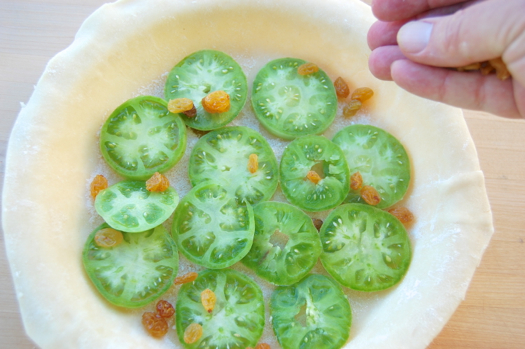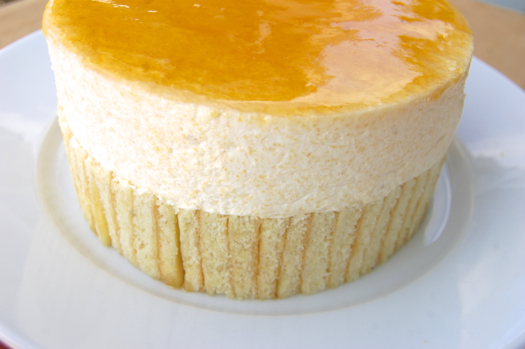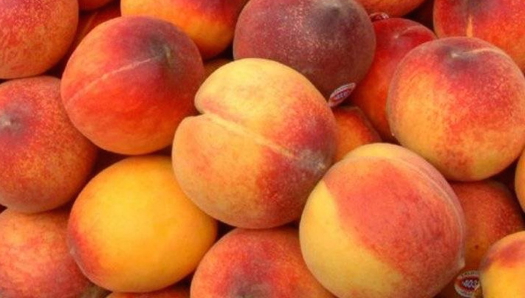Making Green Tomato Pie

Green tomato pie isn’t something you see very often in pie cases, but it’s a farm kitchen staple in many parts of the US. It’s a handy thing to have in your repertoire when either a.) your patch gets too prolific, or b.) cool weather and/or an early frost puts the hammer down on tomato ripening. All you need is 4-5 medium green tomatoes, or about 1 3/4 pounds, sliced about 1/4 inch thick.
READ ON
